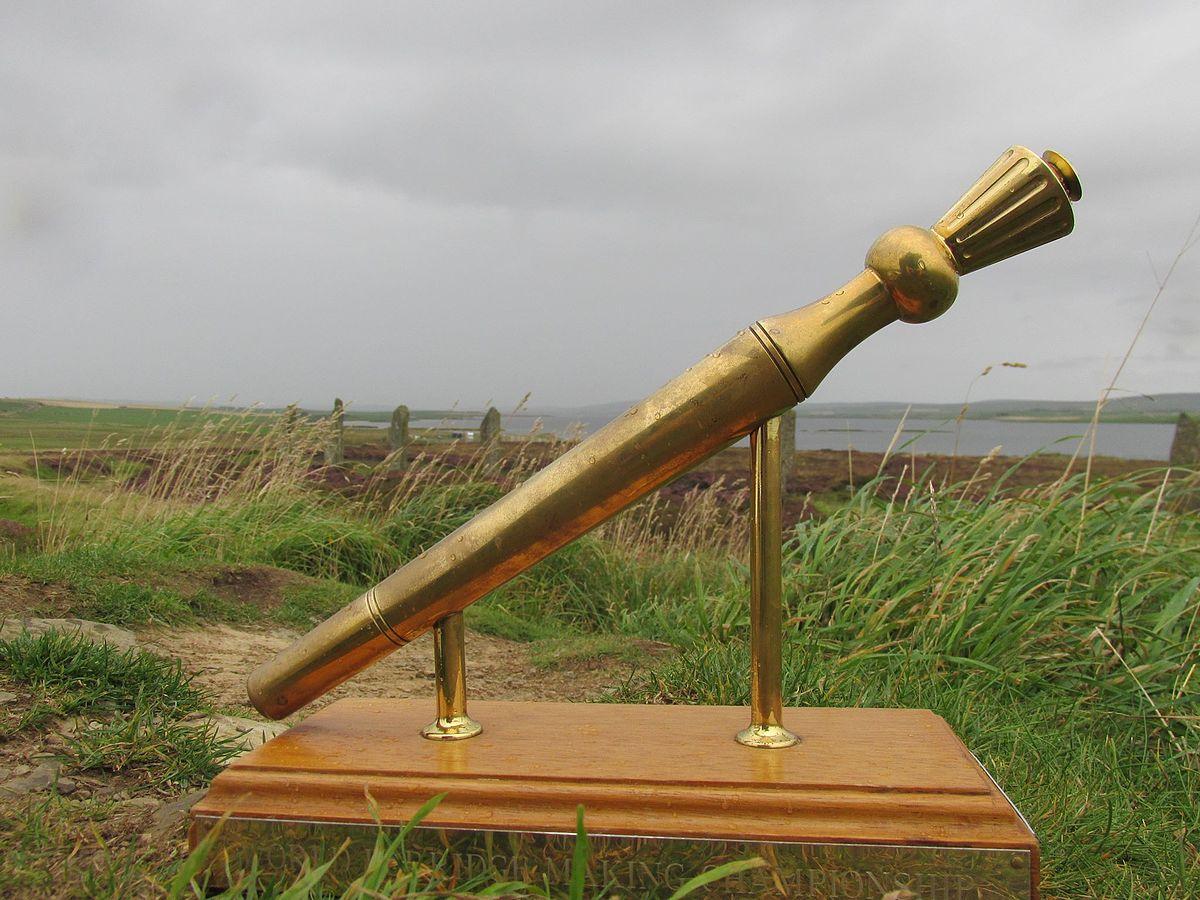


‘Nothing in this world is at it seems. Except, possibly, porridge.’ – Stephen Fry On October 10, #WorldPorridgeDay was trending throughout the U.K. Indeed, the easy-to-make dish is undergoing a rebirth in popularity in addition to boasting a distinct and unusual history. Porridge is made from oats, a grain that grows well in Scotland. Marta Mariotti Lippi of the University of Florence led a study that found traces of the grain on grinding tools from the Stone Age and concluded that people were eating porridge 32,000 years ago. This overturned previous conclusions that the Stone Age man was solely a meat eater. Porridge was food to sustain the poor and perhaps because of “food snobbery”, waned in popularity at one point. However, porridge is low on the glycemic index and is now recognized as a wonder food. The list of vitamins found in oatmeal is impressive. Specifically, oats are an antioxidant powerhouse with a group of antioxidants called avenanthramides, which are almost uniquely found in oats and help lower cholesterol and blood pressure. It is also thought that it increases the production of nitric oxide, which helps to dilate blood vessels. And it has cholesterol-busting health benefits, containing the water-soluble fiber beta-glucan, which aids in reducing LDL and total cholesterol, promotes good bacteria in the digestive tract and lowers blood sugar. This nutrient-dense food is quite filling. Even found in skin care products, oats offer a myriad of health benefits. Porridge is not the only dish that Scotland has produced. There is haggis, black pudding and even Sean Connery, who played the British secret agent of pop culture fame created by the author (and former secret agent) Ian Fleming in numerous James Bond novels and movies. Even in his autobiography, Connery speaks about early life in Fountainbridge, a place where he says, practically reeked of porridge.  This simple grain from which porridge is made is also thick with history and folklore. There is a porridge-making competition, the World Porridge Making Championships, in which contestants compete for the Golden Spurtle, which was created to promote the Scottish Highlands village of Carrbridge and the benefits of porridge. So, what exactly is a spurtle? It is a rod-shaped wooden stick used for stirring porridge. Its shape stops the stirred porridge from sticking to it and helps reduce lumps. Scottish spurtles have a thistle end; elsewhere, spurtles have a smooth, tapered end. Porridge isn’t porridge unless it is made using a spurtle, stirring in a clockwise direction to ward off evil spirits. At some point in its history, it was eaten standing up, which allowed for the opportunity to quickly run from danger if it arose. Traditionally eaten from porringers, each spoonful was dipped into a bowl of cold milk nearby. Sometimes it was poured into a drawer in the kitchen dresser and sliced when cold to eat out in the field or reheated later. Porridge is the hallmark of Scottish culture and its intriguing history piques the interest to find out more. Versatile, we see it can be served both cold and hot. Either way, porridge is a wonderful reward for the body.
This simple grain from which porridge is made is also thick with history and folklore. There is a porridge-making competition, the World Porridge Making Championships, in which contestants compete for the Golden Spurtle, which was created to promote the Scottish Highlands village of Carrbridge and the benefits of porridge. So, what exactly is a spurtle? It is a rod-shaped wooden stick used for stirring porridge. Its shape stops the stirred porridge from sticking to it and helps reduce lumps. Scottish spurtles have a thistle end; elsewhere, spurtles have a smooth, tapered end. Porridge isn’t porridge unless it is made using a spurtle, stirring in a clockwise direction to ward off evil spirits. At some point in its history, it was eaten standing up, which allowed for the opportunity to quickly run from danger if it arose. Traditionally eaten from porringers, each spoonful was dipped into a bowl of cold milk nearby. Sometimes it was poured into a drawer in the kitchen dresser and sliced when cold to eat out in the field or reheated later. Porridge is the hallmark of Scottish culture and its intriguing history piques the interest to find out more. Versatile, we see it can be served both cold and hot. Either way, porridge is a wonderful reward for the body.
